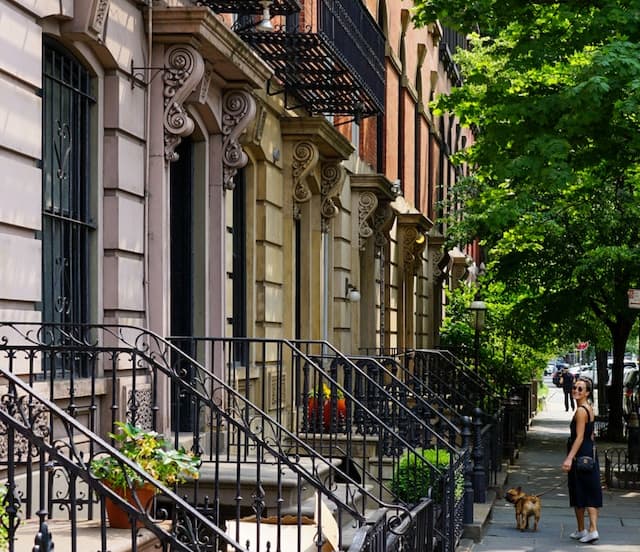Could the Supreme Court’s Next Heavy Lift Be New York City Rent Control?
In a new case, a coalition of apartment owners is asking for relief from restrictions first imposed against landlords on an emergency basis in World War II.

The Supreme Court, having gored two of the left’s most sacred cows, abortion and affirmative action, is being asked to decide the fate of rent control. New York City’s scheme to regulate apartment prices, billed as a World War II-era emergency measure, is a government taking that’s distorted the local housing market ever since. The Nine dodged the question a decade ago. It now has an opportunity to reaffirm constitutional property rights.
Please check your email.
A verification code has been sent to
Didn't get a code? Click to resend.
To continue reading, please select:
Enter your email to read for FREE
Get 1 FREE article
Join the Sun for a PENNY A DAY
$0.01/day for 60 days
Cancel anytime
100% ad free experience
Unlimited article and commenting access
Full annual dues ($120) billed after 60 days

